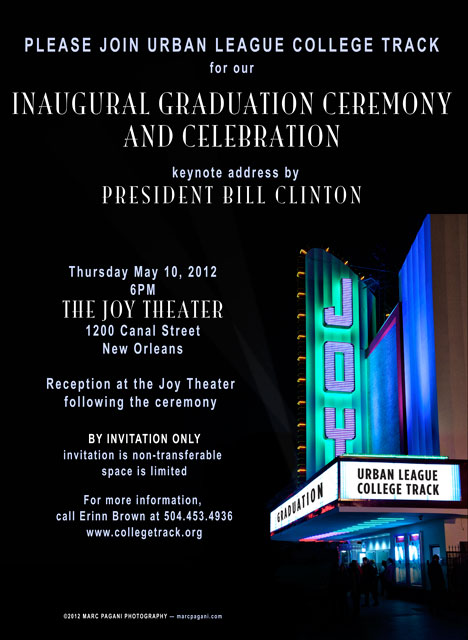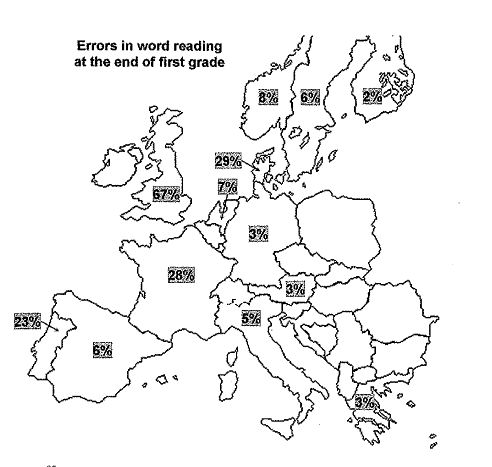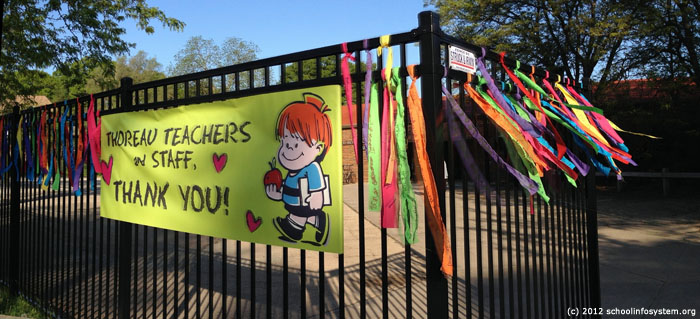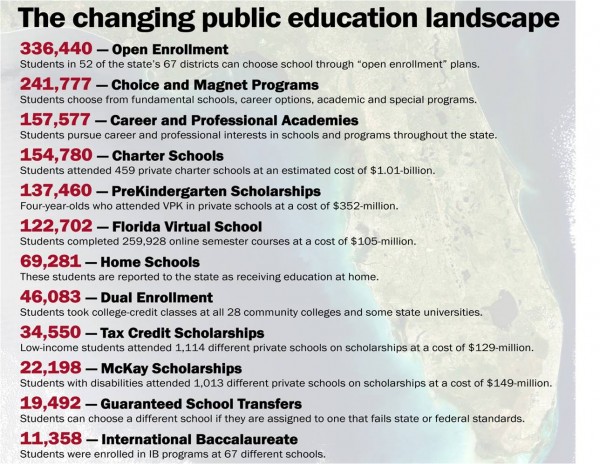Modern man (and woman?) is very interested in speed, on land and sea and in the air, but also in “scoring” student writing, it appears. Educational Testing Service recently praised its computer program’s ability to score 16,000 samples of writing in 20 seconds.
I should probably explain my bias against too much speed, and not just where it helps to kill thousands of people on the highway. Several decades ago, I took a speed reading course from Xerox Learning Systems. They gave a pre-test on reading and comprehension, and the tests after the course showed that I had doubled my reading speed and cut my comprehension in half.
The arguments in favor of grading student writing by computer program are that it saves money and time and allows huge volumes of student responses-to-a-prompt to be “addressed,” as they would say.
I am not sure whether Abraham Lincoln wrote The Gettysburg Address on the back of an envelope on the train to Pennsylvania or not, but if he had taken one of the new bullet trains, no doubt the speech would have been shorter and quite possibly less immortal.
Other writers have found inspiration watching the land pass by their train windows, but that again has become less common, no doubt, as the speed of travel has increased. The Dreamliner may make it easier to sleep during the flight, but there is not much to see out the window.
E.T.S. may be able to make some serious money in “assessing” student writing at 21st century speeds, but the comprehension of that work will have been cut to zero, I am quite sure, because, as you understand, the computer program, and perhaps some of those who are promoting this scoring by machine, have no idea what the student is saying in any case.
Assessing short writing samples at blinded speeds may lead to encouraging more teachers to assign such brief pieces to their students, thus saving them from having to take the time in coaching and evaluating writing that could be spent on watching videos and talking about the Twilight series or The Hunger Games in class. Thus, students’ greatest writing efforts in high school could be devoted to their 500-word “college essay,” instead of, for example, a 4,000-word Extended Essay such as they would need to do for the International Baccalaureate Diploma.
It should be noted that the College Board has recently announced a new Capstone Writing Initiative, by which they plan to introduce academic expository writing, over a three-year Pilot program into a select few of our high schools. At first, papers will be produced by groups on limited topics, but perhaps in a few more years, students of this new AP program will be allowed to attempt the sort of serious history research paper that The Concord Review has published by more than 1,000 secondary students from 39 countries over the last 25 years.
I would caution the AP, however, that if they are going to ask teachers and students to work on serious academic papers, they may very well have to slow down the assessments, unless, of course, computers have advanced enough in the next three or four years so that they can not only “evaluate” such papers at a rapid pace, but also begin the understand the very first thing of what the students are writing about (i.e. the subject matter). After all, Deep Blue did well at Jeopardy, didn’t it? So a future program, with hundreds of thousands of history books in its memory banks, may be able to make connections to allow it to at least seem to understand some of the history that the student has derived from their own reading and thinking.
These advances could make it easier at last to assign and assess serious student academic expository writing at the secondary level, at least enough to satisfy the College Board and those who buy the Capstone Project, but I am sorry to say that, for the student, the process of reading history and writing about it will be just as slow, and just as valuable, as it was for Thucydides and Tacitus and Edward Gibbon back in the day, and for David McCullough in our own day.
At a recent conference, David McCullough, who spent 10 years writing Truman, said that he is often asked how he divides his time between research and writing. He said no one every asks him how much time he spends thinking. The new computer scoring programs don’t waste any time thinking about the content of the work they are evaluating, and, in their rush to do a lot of writing “assessments” real fast and very cheaply, perhaps those promoting those programs don’t spend a lot of time on that part either.
————————-
“Teach by Example”
Will Fitzhugh [founder]
The Concord Review [1987]
Ralph Waldo Emerson Prizes [1995]
National Writing Board [1998]
TCR Institute [2002]
730 Boston Post Road, Suite 24
Sudbury, Massachusetts 01776-3371 USA
978-443-0022; 800-331-5007
www.tcr.org; fitzhugh@tcr.org
Varsity Academics®
www.tcr.org/blog







